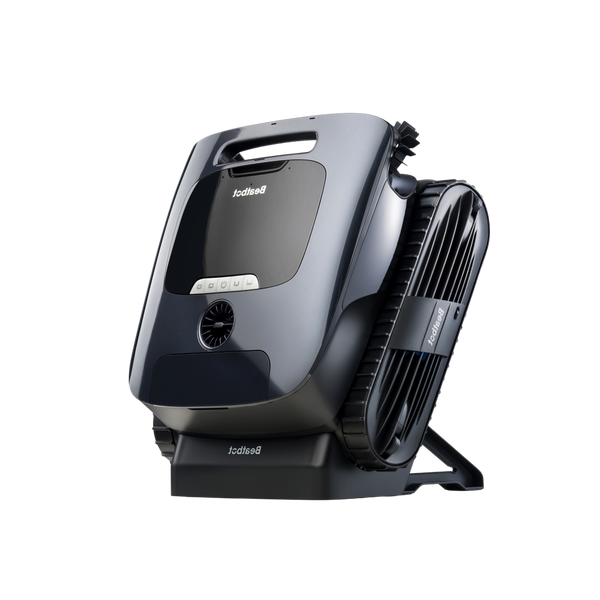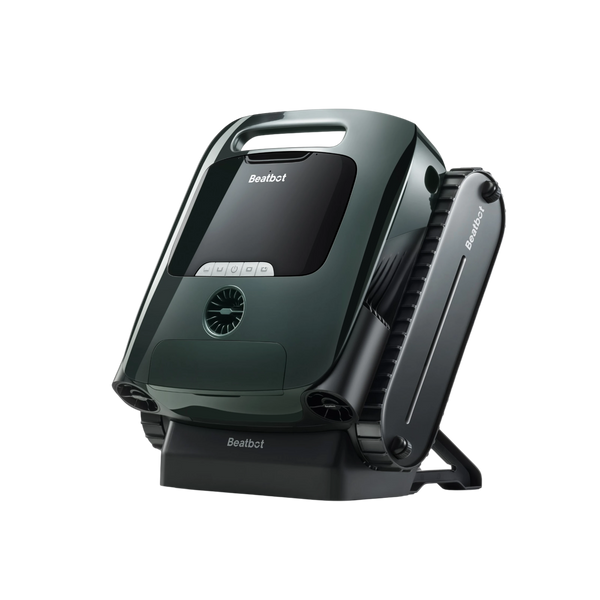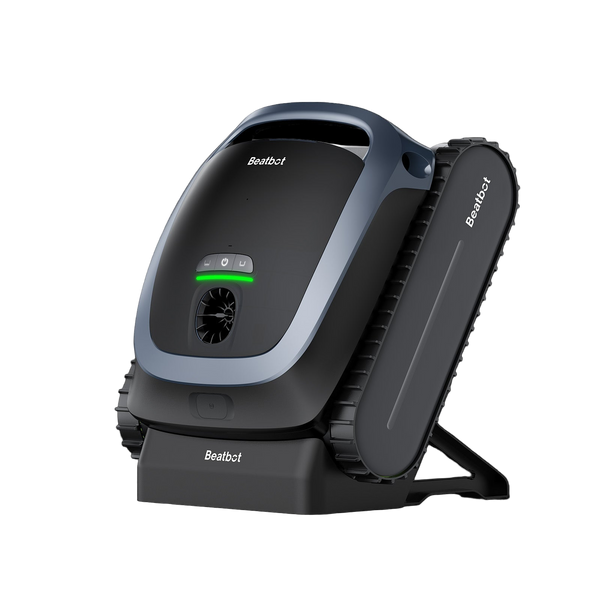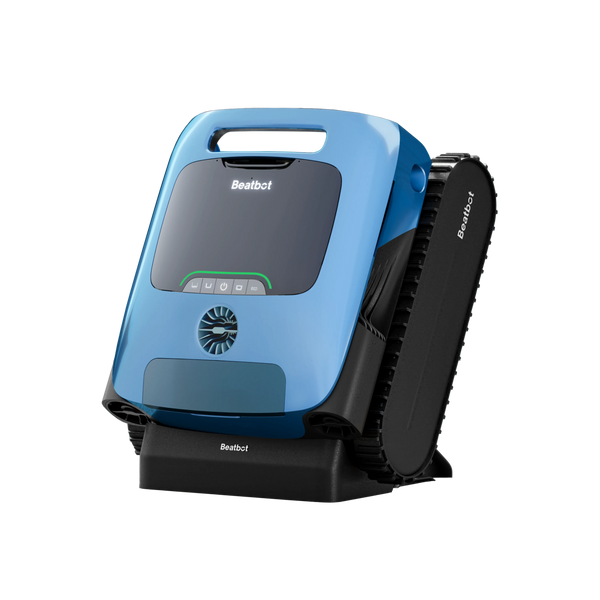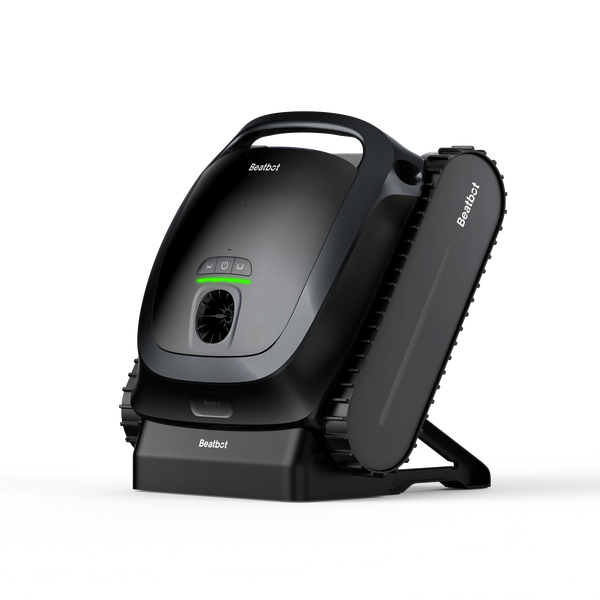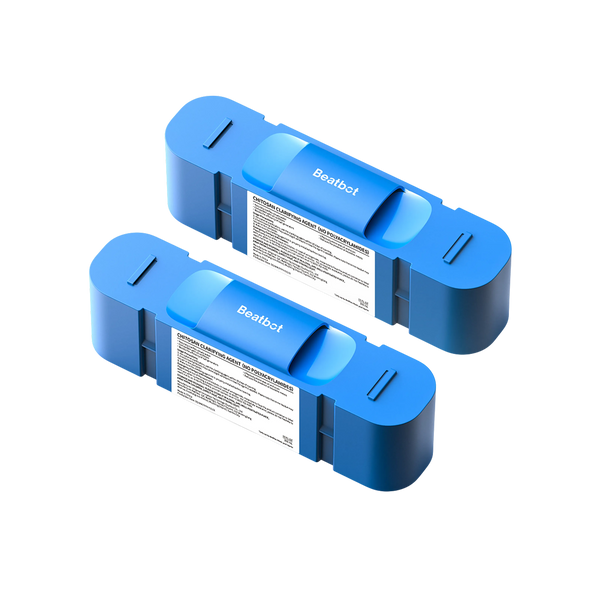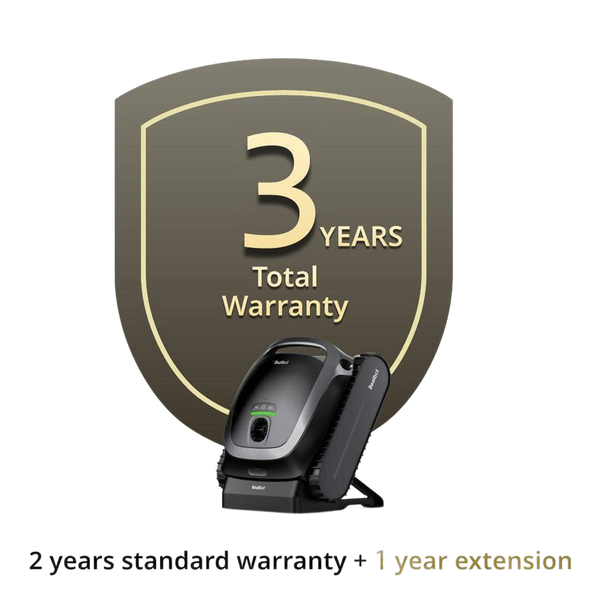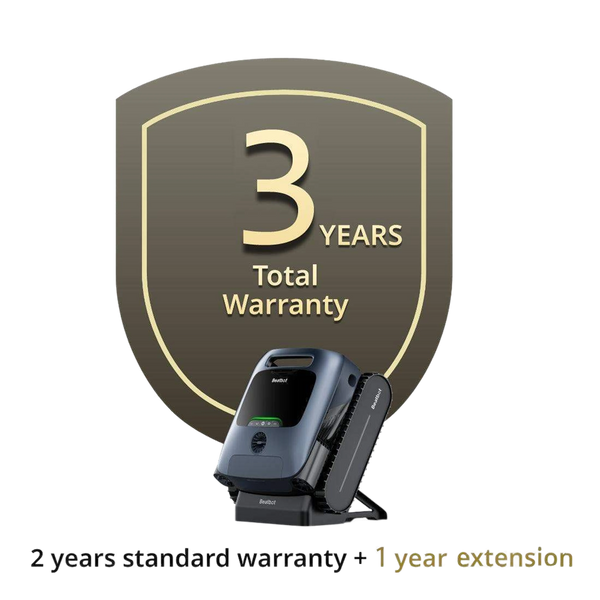The Quickest Way to Raise Pool pH with Baking Soda
Everyone knows that maintaining the correct pH is essential to maintaining a safe and enjoyable swimming pool experience. Generally speaking, the ideal pH is between 7.2 and 7.6. Once it exceeds or falls below the normal level, you need to use chemicals to adjust it, otherwise many problems may occur. Among them, baking soda is a common chemical that can be used to increase the pH of the swimming pool.
Table of content
Can baking soda be used to increase the pH of the swimming pool?
The answer is yes. As an alkaline substance (the pH of baking soda is between 8 and 9), baking soda is very helpful in increasing the total alkalinity of the pool, which helps to combat the low pH in the pool: when the total alkalinity of the pool is maintained at 80 to 120ppm, the pool is more likely to maintain a good and healthy pH balance.But if you want to use baking soda to directly increase the pH, it may not be as effective as chemicals such as soda ash. When baking soda enters the water, it will neutralize the acidic elements in the pool and release alkaline ions. Therefore, we recommend that if you want to increase the total alkalinity and pH at the same time, use baking soda, otherwise, you should use more efficient soda ash.
Why can baking soda increase ph level?
Baking soda has a natural pH of around 8 to 9, making it alkaline enough to neutralize acidic pool water. When you add it, it boosts both the pH and total alkalinity, which should stay between 80 and 120 parts per million (ppm). Alkalinity acts like a stabilizer, preventing wild pH swings that can throw off your pool’s chemistry. Low pH, anything below 7, can cause problems: swimmers might feel itchy or have stinging eyes, chlorine won’t work as well, letting algae or bacteria grow, and acidic water can corrode your pool’s surfaces or equipment. Baking soda helps fix these issues gently and effectively, though it’s better at raising alkalinity than pH alone. For faster pH boosts, you might consider soda ash, but baking soda is a budget-friendly starting point.
How much baking soda to raise ph in pool?
Figuring out how much baking soda to add depends on your pool’s size and current chemistry. First, know your pool’s volume in gallons. For a rectangular pool, multiply length by width by average depth, then by 7.5. Next, test the water’s pH and alkalinity using a test strip, liquid test kit, or digital pH meter. A good rule is that 1.5 pounds of baking soda per 10,000 gallons of water raises alkalinity by about 10 ppm, with a small nudge to pH. If your pH is below 7.2, try adding 3 to 4 pounds per 10,000 gallons. For a 20,000-gallon pool with alkalinity at 60 ppm, aiming for 80 ppm, you’d need about 3 pounds. Start with half or three-quarters of the amount, test again, and add more if needed to avoid overdoing it. Buying baking soda in bulk, like 15-pound bags, saves money since you might need several pounds.

How to effectively use baking soda to adjust the pH value?
Determine how much baking soda you need to add:
Generally speaking, adding 37.854 pounds of baking soda to 1.5 gallons of pool water will increase alkalinity by 10 ppm, and this will have a negligible effect on pH. This means that if you want to accurately and effectively adjust the chemical balance of your pool with baking soda, you first need to measure the volume of the pool in gallons of water, its current pH and alkalinity, and then use the formula to calculate how much baking soda you need.
Add baking soda to the water:
Compared to adding certain acids, the process of adding baking soda to water is safe and simple. Before adding, make sure your pool pump and filtration system are running to ensure that the chemical can be evenly mixed in the pool water. Then, do not pour the baking soda into the water all at once. You need to add it in small amounts at a time and spread it out as much as possible to avoid adding too much at once, so that it can dissolve in the pool and get enough circulation.
Steps to Raise Your Pool’s pH Level:
Ensure Proper Circulation: Start by running the pool pump and filter. This helps in distributing the chemical evenly throughout the pool water.
Broadcasting Technique: Add a small amount of baking soda directly into the pool. Spread it evenly across the surface, a technique known as broadcasting, to ensure it dissolves properly.
Observe and Adjust: Wait about 20 minutes for the chemical to take effect. The changes in alkalinity and pH levels should become apparent. Test the water again to determine if more baking soda is needed based on the results.
Consider Alternatives: If adjusting significantly, soda ash (sodium carbonate) can also be used for quicker pH adjustments. However, ensure to follow the same careful broadcasting process.
This approach not only helps in maintaining the pool's chemical balance but also prevents overuse of chemicals by allowing gradual adjustments based on accurate testing.
How long to wait after adding baking soda to pool?
After sprinkling baking soda into your pool, give it at least 6 hours to fully dissolve and mix with the water. Keep the pool pump running during this time to ensure even circulation. This waiting period lets the baking soda stabilize the pH and alkalinity, so you get accurate results when you retest the water. For larger adjustments, it’s best to wait up to 24 hours before checking the pH and alkalinity again to confirm they’re in the ideal range of 7.2–7.6 and 80–120 ppm, respectively. Don’t swim until the chemicals have fully circulated to avoid uneven water chemistry. If the levels are still low, add more baking soda in small amounts, testing after each addition to prevent over-correcting.
FAQs
Can I use baking soda in a small above-ground pool?
Sure, but go easy since small pools need less. For a 5,000-gallon pool, start with about 0.75 pounds of baking soda to nudge alkalinity up by 10 ppm. Sprinkle it evenly, wait 6 hours, and test again to avoid spiking the pH too high.
Why does my pH keep dropping no matter how much baking soda I put in my pool?
Heavy rainfall, large numbers of swimmers, or acidic additives (such as chlorine tablets) can cause continuous pH reduction. First, check the alkalinity, and if it’s below 80 ppm, raise it with baking soda.
Can baking soda clear cloudy water caused by low pH?
Yes, it can help! If your pool water is cloudy due to low pH or other reasons, and you’re unsure of your readings (or need to adjust because the equipment only dispenses a small amount), try adding baking soda. This will raise the water’s alkalinity, helping to stabilize the pH and clear the water. Test again the next day; if the pH is still below 7.2, add 3–4 pounds (at a rate of 1 pound per 10,000 gallons of water), and avoid swimming for a day, as it takes about 24 hours for the water to fully mix.
How do I avoid adding too much baking soda and messing up my pool?
Don’t dump it all at once—add half the calculated amount, like 1 pound per 10,000 gallons, and spread it across the pool surface. Run the pump for 6 hours, test pH and alkalinity, and only add more if it’s still low to keep things balanced.
Relative Blogs
About the author
